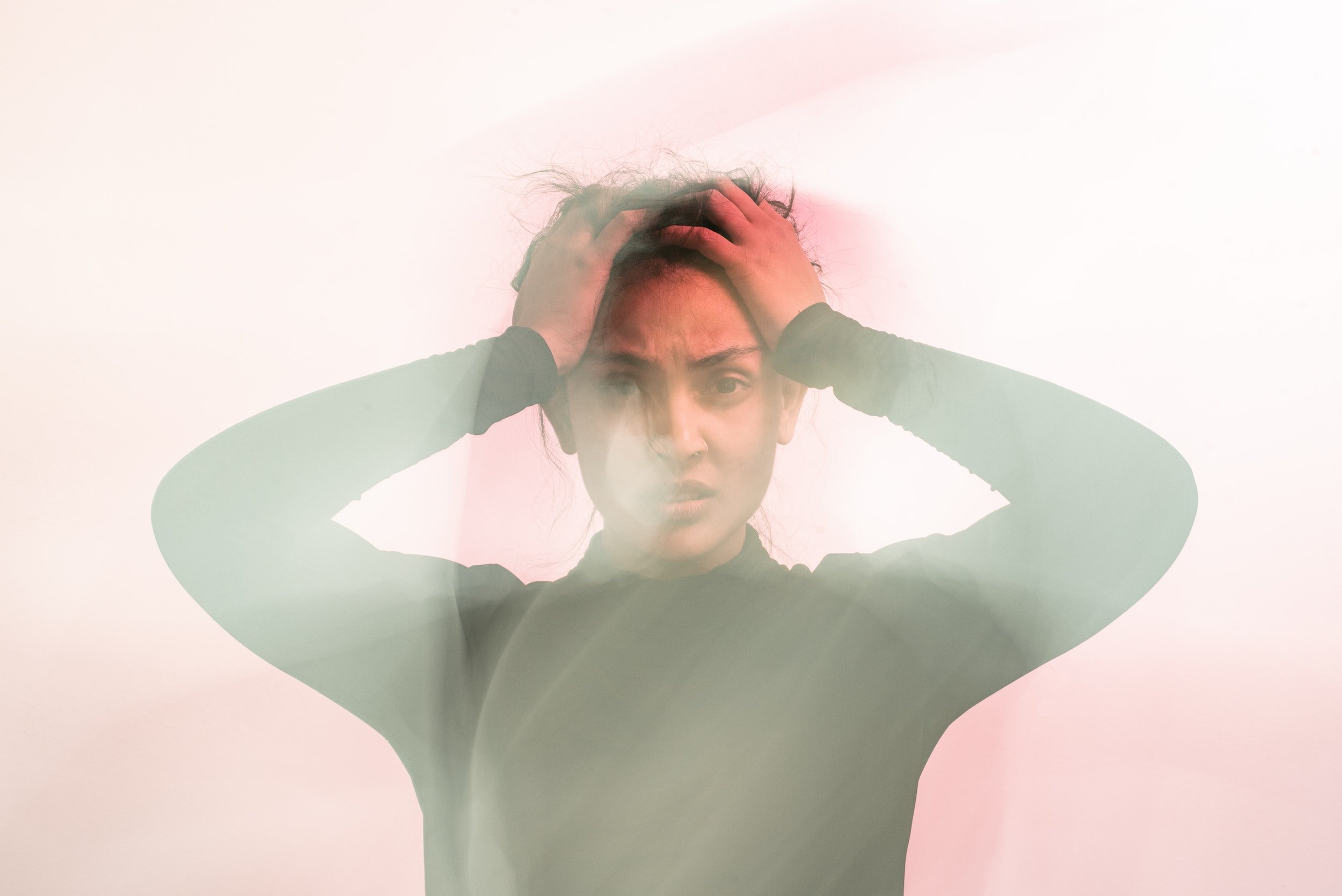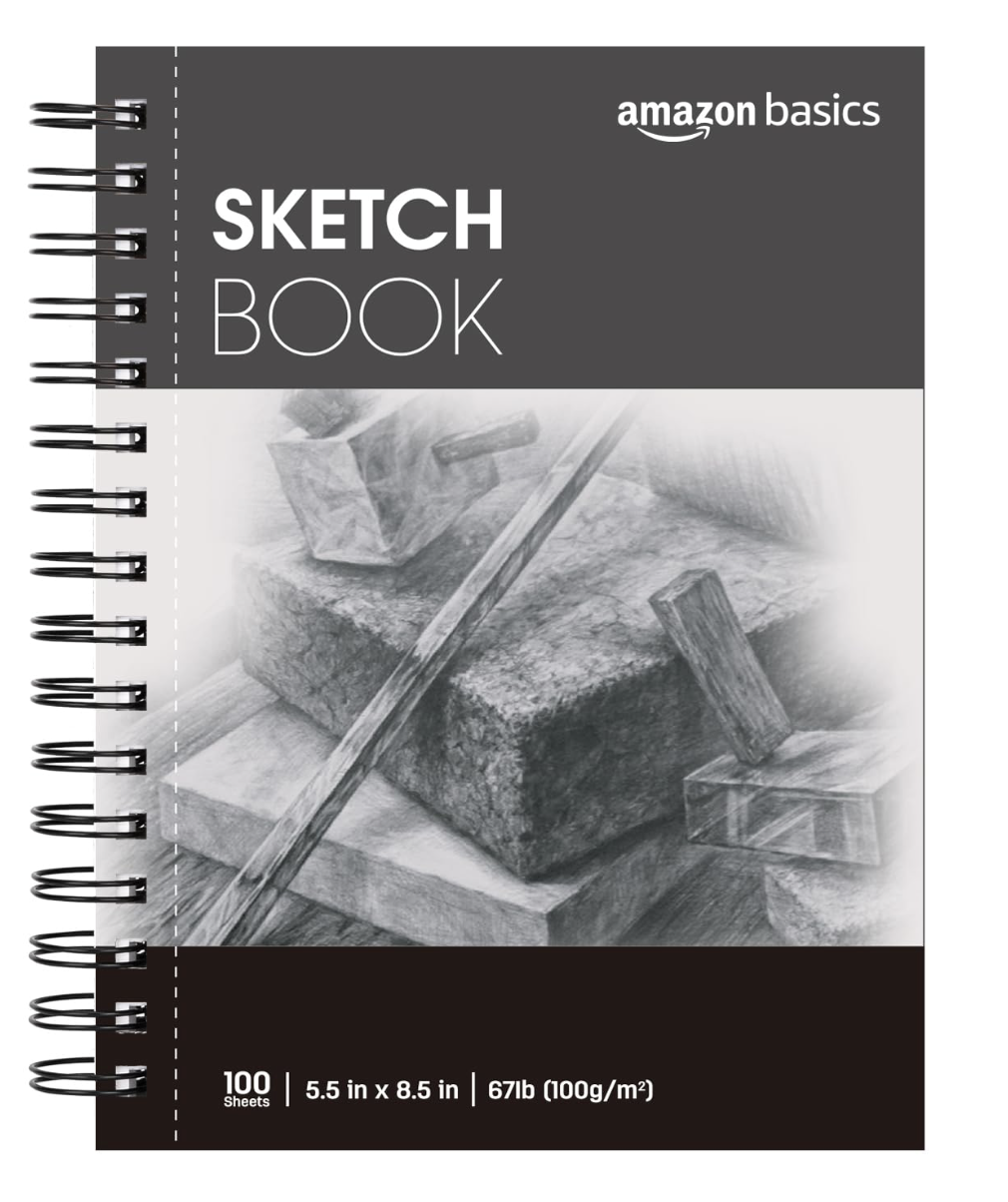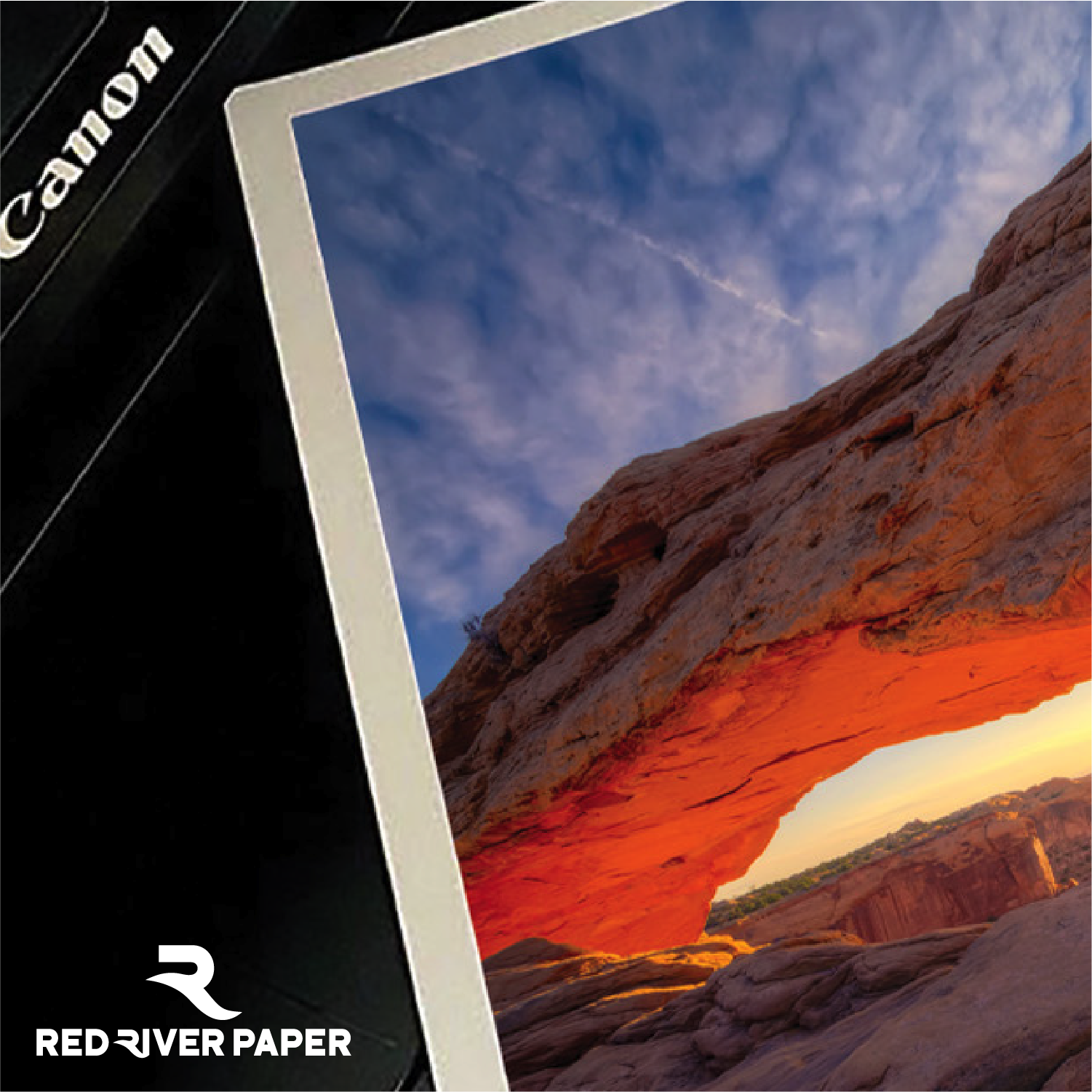How to get over creative block (5 Tips!)
After I graduated from art school, I didn’t make work for about a year. I felt tired and drained of creativity. Eventually, I had some ideas for a project, but couldn’t figure out how to start. I was stuck in a creative block. It took some time, but eventually, I was able to get unstuck. Below are some tools I used to help me feel creative and inspired! Now, anytime I feel stagnant, I implement one of these tips. Break through your creative block with me!
1. Set aside uninterrupted working time
When in a creative block, we often procrastinate our art or say we don’t have time. Push past this by setting aside 15-30 minutes of uninterrupted working time. This could be working on a final piece, sketching out ideas, writing ideas out, or making a mood board. I love to write in journals/art notebooks when I am not sure how I want to tackle a project.
2. Don’t think, just do
We often hyperfocus on something being perfect right when we start. Not knowing what we want can discourage us from starting. Instead of trying to be perfect right away or having all your ideas laid out, I challenge you to not think. As kids, we rarely thought about the perfection behind what we did. It’s time to bring back that inner child. Whether you are a painter, writer, photographer, or any other type of artist. I challenge you to paint without obsessing over where to lay your brush, to write down thoughts that pass through your head (even if it doesn’t make sense or are grammatically wrong), and to go outside and photograph anything you find beautiful. In this process, nothing needs to be perfect. Sometimes, the outcome is some bad art. But often, in this period of not caring, something worthwhile will shine through to light your spark.
3. Visit a gallery or museum
Sometimes we need to see the work of others to witness what is possible. Seeing how someone lays down a brush stroke, angles their camera, or molds their clay. We can see how others solved problems that can inform our own art-making. This is not a place to copy how another artist creates, but to gain insight. Find solutions to problems and see others create art that speaks to you. See how others use light and color to convey the emotions you wish to convey. It’s the best place to learn. Spend some time with a few pieces to understand the art and artists better.
4. Sit in a location and observe
Obsessing about our own lives can get us lost in an abyss. By observing, you can witness the beauty and strangeness of humanity and how nature interacts with itself. We can see how others handle their daily lives, and how the trees dance in the wind. We can step outside of ourselves and gain perspective from the outside. The location can be anything from a busy city street to a calm meadow. As long as you can observe something and think outside yourself. Watch how the light reflects off the branches or the ocean, or observe the interactions between friends. Bring a journal with you and write/sketch out things you see!
5. Talk with other artists/creatives
There’s no one else who will understand what you’re going through more than another artist. Reach out to an artist you know and ask if they can meet for a coffee or at the park and talk art! As you discuss what you’re thinking about (or what you cannot think about), a light bulb could go off in your head. By talking it out with someone else, you can receive feedback to help jumpstart your art-making and push past any blockage you feel.
BONUS: Write down/sketch ideas in a notebook or journal!
One thing I always carry with me is my trusted art journal. In all honesty, I have a few that I use for multiple projects. For many of these tasks listed above, a journal can be beneficial to write down or sketch anything that comes up during these moments. That way you won’t forget and can put the thought out into the world!
Here are some good options below:
For writers, sketch artists, & photographers:
For painters:
Want color? You can use watercolor/acrylic markers and pens to sketch out ideas!
This blog is fully written and run by photographer Caterina Maina. If you like what you read, please leave a comment, like, and/or share it on your social media!
And if you have any questions, suggestions on topics, or an interesting exhibition Caterina should check out please feel free to leave them in the comments or email her at caterinamainaphotography@gmail.com!
Some of the links in this article will direct users to our affiliates at Blick, Amazon, Adobe Creative Cloud, and Red River Catalog. By purchasing anything using these links, Caterina may receive a small commission at no additional charge to you. This helps her produce content and continue her creative endeavors. Many thanks for your support. She will never share or promote something she does not 100% recommend. And if you want to support in any other way you can click on the button below! <3
Tip: when commenting you do not need to fill out all the info and can post anonymously

















